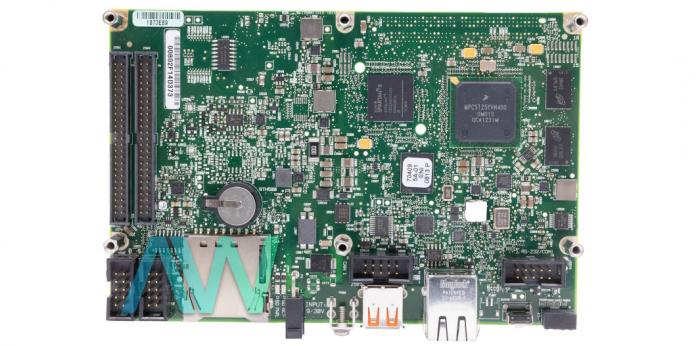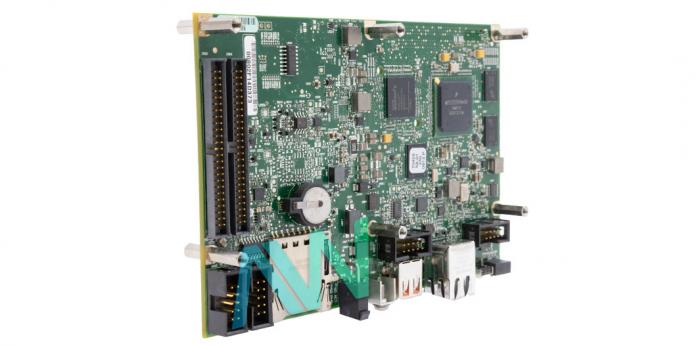In a world increasingly focused on sustainable solutions, a triumph in the realm of test and measurement applications emerged from Taiwan a few years ago. The mission was clear: develop an energy-efficient safety system for special vehicles, specifically targeting the transformation of traditional garbage trucks. The key to success? The innovative combination of the NI sbRIO-9636 module and NI LabVIEW system design software.


The NI Hardware Approach
The initiative set out to bring garbage trucks in line with national energy-saving and carbon reduction policies. Traditional models, relying on engine-connected compression systems, were notorious for generating noise and exhaust fumes. The objective was to replace this outdated setup with a modern, sustainable alternative.
Enter the NI sbRIO-9636 module and NI LabVIEW system design software, which formed the bedrock of a groundbreaking energy-efficient safety system. This comprehensive system comprised four major subsystems: battery management, electric motor control, hydraulic, and energy recycling.
System Design and Verification
Embracing the V-model for system design, the project team leveraged LabVIEW for simulation and verification. A hardware-in-the-loop (HIL) test system, complemented by control software, facilitated iterative adjustments for optimal performance. The integration of the NI PXI environment, LabVIEW, and the sbRIO-9636 module streamlined the development process, significantly reducing both time and costs.
A pivotal achievement of the project was the successful replacement of traditional power take-off (PTO) technology with the plug-in, hybrid-electric hydraulic system. This transformative shift not only curbed noise and exhaust emissions during operation but also introduced an energy recycling system. The hybrid system could recharge the battery while the vehicle was in motion, marking a substantial leap in energy efficiency.
An integral component of the project was the incorporation of a robust safety system. Laser scanners and imaging systems were strategically deployed to detect obstacles during the garbage truck’s compression operation. This proactive safety approach aimed to prevent potential injuries or accidents, aligning the project with a commitment to both sustainability and public well-being.

Data-Driven Decision Making
Real-time operation data became a cornerstone of the project’s success. An on-board unit (OBU) was employed to collect pertinent information. Integrated with the controller area network (CAN) inside the vehicle, the OBU facilitated data transfer via GPRS or a wireless 3.5 G network. The collected data, including battery usage characteristics and temperature fluctuations, underwent meticulous analysis to ensure optimal system performance.
At the heart of this triumph lies the strategic use of NI’s cutting-edge technology. The sbRIO-9636 module, featuring real-time processors and embedded interfaces, offered a compact solution for seamless integration. LabVIEW’s graphical programming and human-machine interface (HMI) capabilities played a pivotal role in efficient data observation and analysis.
In a mere six months, the collaborative efforts between Ying Xiang Technology and Dar Don Vehicles Co., Ltd., fueled by NI technology, culminated in a transformative garbage truck. At the time this case study was written, the truck was operational with the Xizhi Trash Cleaning Team of Xinbei City. Energy-efficient vehicles such as this stand as a testament to the power of innovative test and measurement applications. This success story underscores the critical role of advanced tools in driving sustainable solutions and shaping the future of transportation and waste management. While this case study highlights an achievement worthy of celebration, it also serves as a beacon of inspiration for future endeavors in the pursuit of a greener, more sustainable world.
The original case study discussed in this post, “Developing an Energy Conservation and Safety System for a Heavy-Duty Vehicle”, was co-authored by Chien-Nan Ho, Tsung-Han Tsai, Kuo-Liang Chang, and Tse-Pin Tsai from Ying Xiang Technology- as well as by Chia-Nan Tsai and Chia-Hao Tsai from Dar Don Vehicles Co., Ltd.







